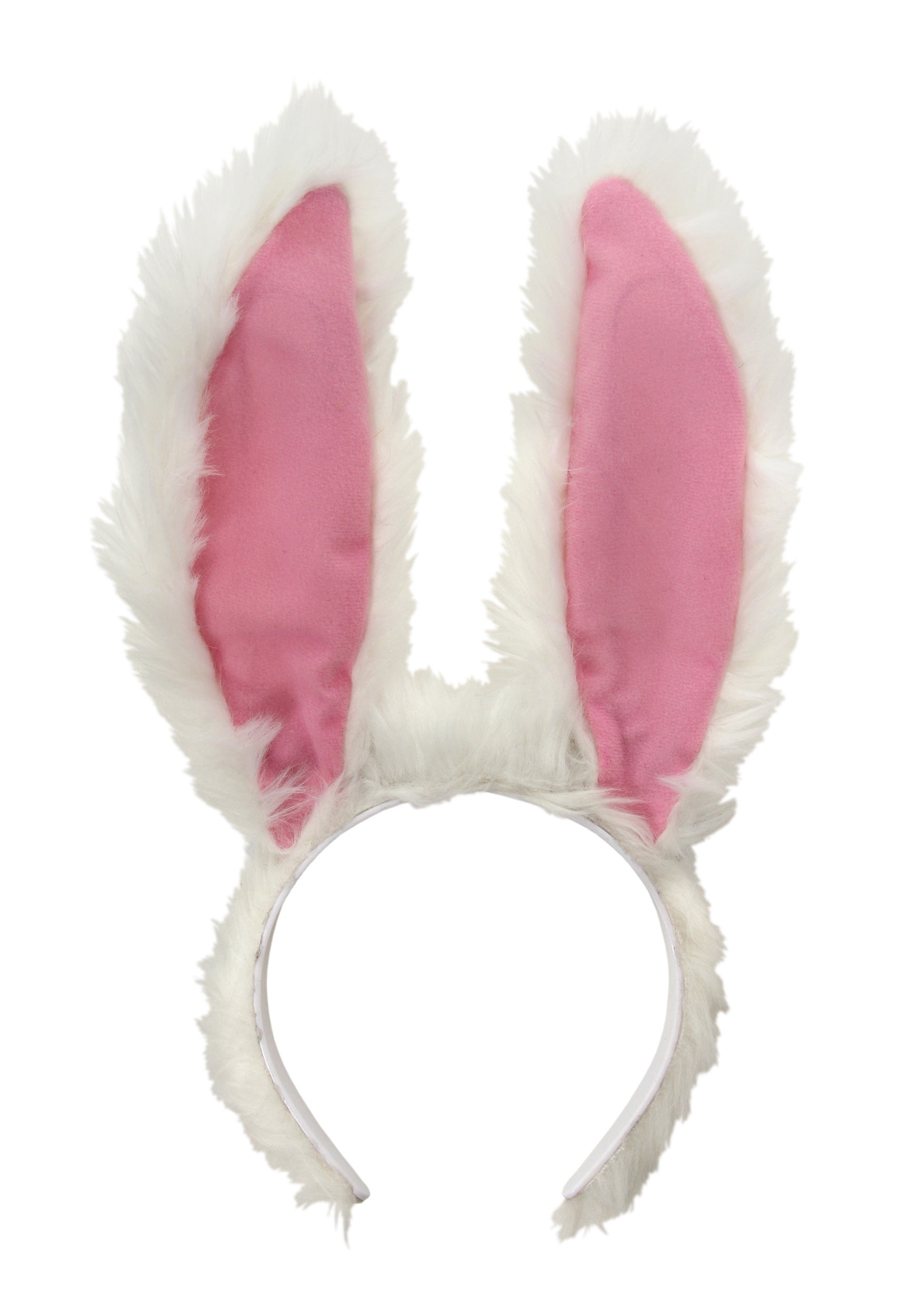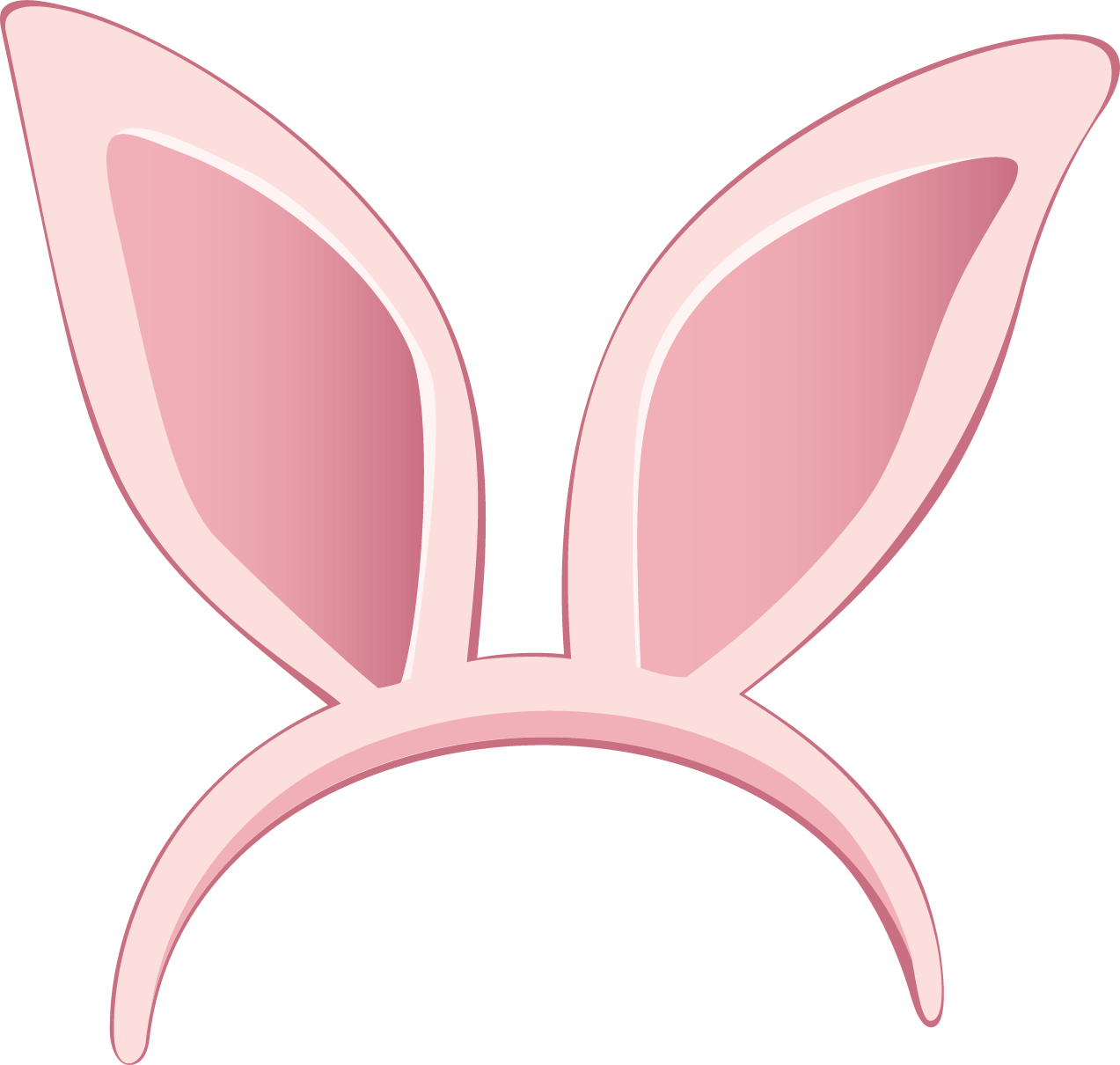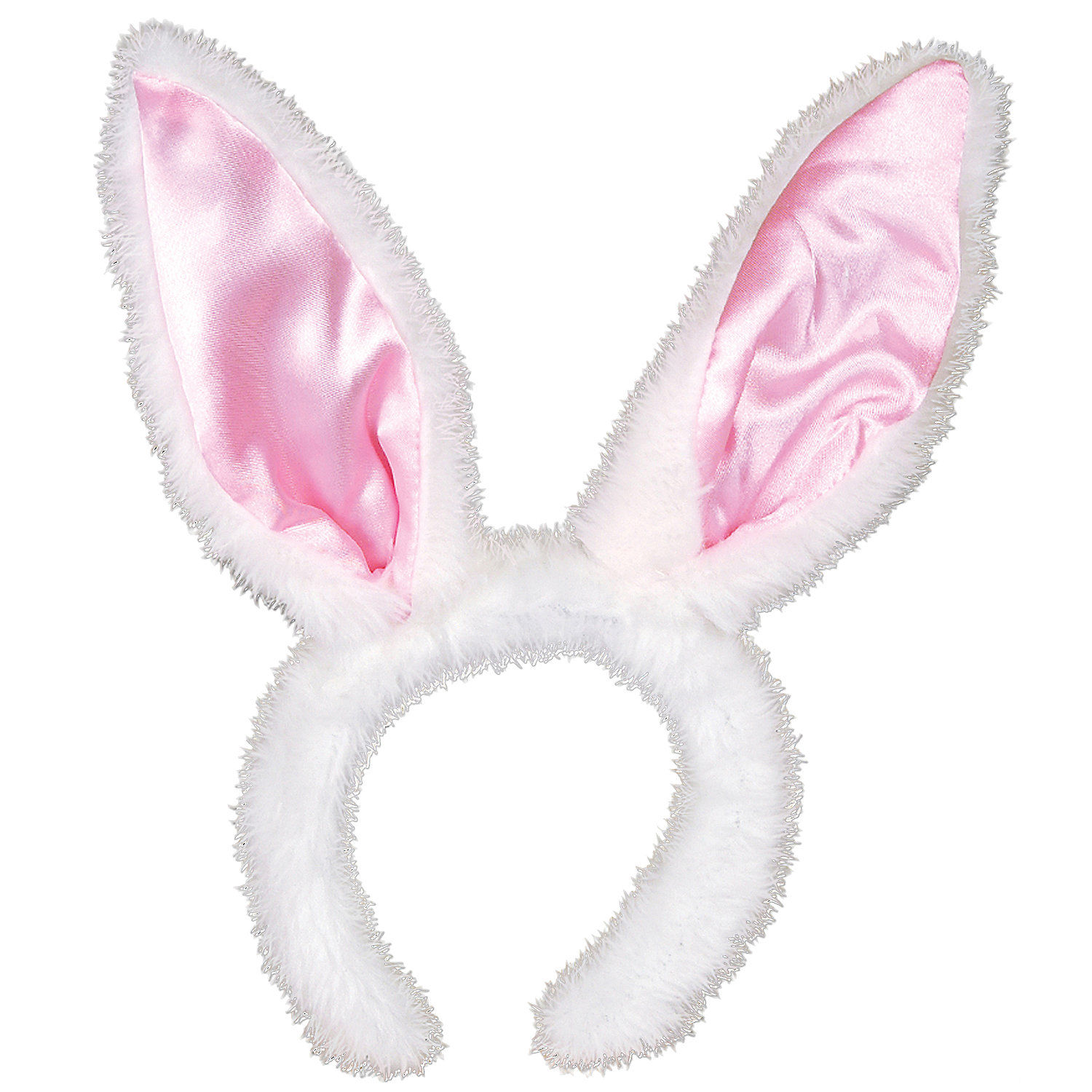
The Importance of Bunny Ears
Bunny ears are not just adorable physical features of rabbits; they serve essential functions for these furry creatures. Understanding the significance of bunny ears can help you better care for your pet rabbit and ensure their well-being.

Anatomy of Bunny Ears
Bunny ears are composed of delicate cartilage covered in soft fur. They are an extension of the rabbit's skull and are supported by a network of blood vessels. The ears are highly mobile, allowing rabbits to detect sounds from various directions and react swiftly to potential threats.

Acute Hearing Abilities
Rabbits have remarkably sensitive hearing due to their long ears. They can rotate their ears up to 270 degrees, allowing them to pinpoint even the faintest sounds. This acute hearing helps them detect predators and potential sources of food, ensuring their survival in the wild.

Communication through Ears
Bunny ears also play a vital role in rabbit communication. Rabbits use their ears to express various emotions and intentions. When a rabbit is relaxed or content, its ears are usually upright or slightly drooping. However, if the ears are flattened against the rabbit's back, it may indicate fear or aggression.

Temperature Regulation
Rabbits lack sweat glands, making it challenging for them to regulate body temperature. Their large ears help dissipate excess heat, acting as a natural cooling system. When a rabbit is hot, blood vessels in their ears dilate, allowing heat to escape through the thin skin and cool down their body.

Ear Infections and Care
Due to their size and structure, bunny ears are susceptible to infections. It is crucial to regularly check your rabbit's ears for signs of redness, swelling, or discharge. If you notice any abnormalities, consult a veterinarian for proper diagnosis and treatment. Additionally, gentle ear cleaning can help prevent wax build-up and infections.

Protecting Bunny Ears
Providing a safe and comfortable environment is essential for protecting your rabbit's ears. Avoid exposing them to loud noises or sudden sounds, as it can cause stress and potential hearing damage. Additionally, keep your rabbit's living area clean to prevent ear infections caused by bacteria or parasites.

Trimming Rabbit Ears
While it may be tempting to trim your rabbit's ears for aesthetic purposes, it is crucial to never attempt this. Bunny ears are delicate, and any improper trimming can cause pain, injury, or permanent damage to your pet. If you have concerns about excessive ear hair, consult a professional groomer or veterinarian.

Rabbit Breeds with Unique Ears
There are numerous rabbit breeds, each with their distinct characteristics, including ear shape and size. Some breeds, such as the lop-eared rabbits, have floppy ears that hang down, while others, like the Netherland Dwarf, have short, upright ears. Learning about different rabbit breeds can help you choose the perfect companion based on your preferences.

Conclusion
Bunny ears are not just adorable physical features; they are crucial for a rabbit's survival and well-being. Understanding the importance of bunny ears allows us to provide better care for our furry friends. Regular check-ups, proper hygiene, and a safe environment are essential for keeping your rabbit's ears healthy and happy.